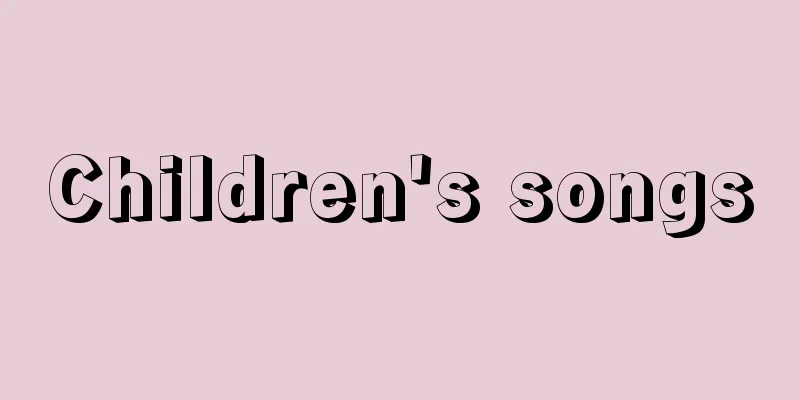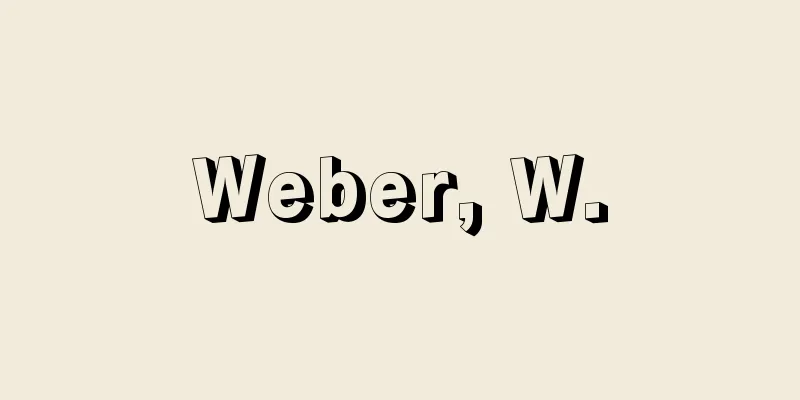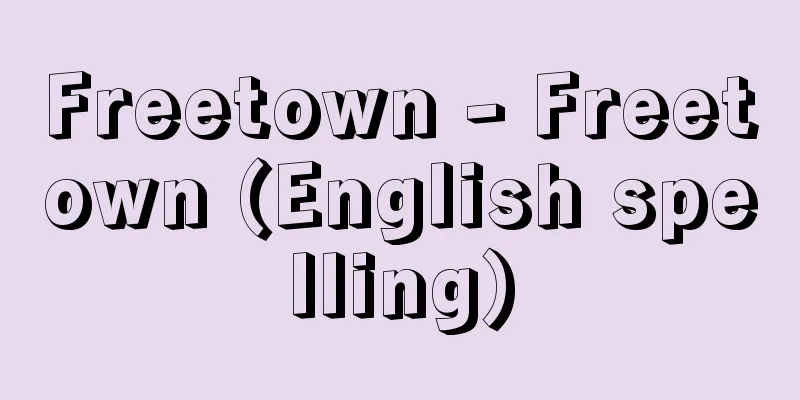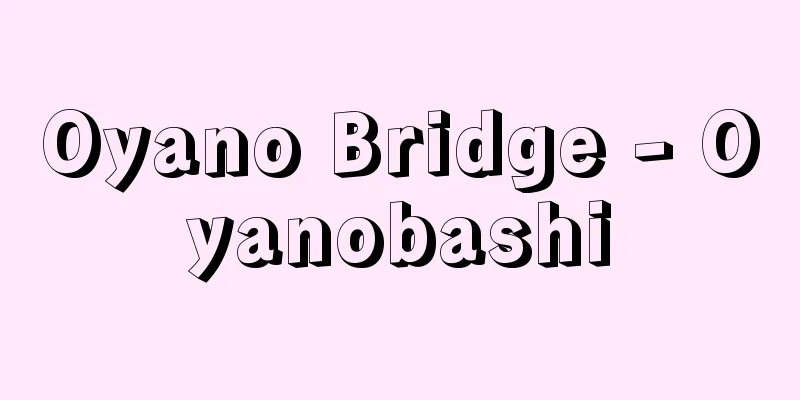Children's songs

|
While "children's songs" refer to songs written by adults, "children's songs" refers to songs that have been passed down mainly as spontaneous expressions by children themselves. In a broad sense, therefore, it also includes parodies of traditional songs and popular songs, but in general, it often refers only to songs that have been passed down through the ages through play, and is also called traditional children's songs. They are strongly influenced by dialects in the process of propagation and transmission, and both the lyrics and melody show a wide variety of variations even in songs of the same genre. The words are often in the form of "word games" such as counting songs that weave numbers in order and rhyming word chains, calls, songs that incorporate nature and annual events, and fast-paced and insulting songs. Musically, they are relatively simple, with two or three syllables, and easy to sing, and the rhythm is patterned. The majority of them involve physical movement or exercise, and the sense of form is clear as several or many people play and sing together. [Osamu Yamaguchi] "Children's Songs - Traditional Japanese Children's Songs" edited by Machida Yoshiaki and Asano Kenji (Iwanami Bunko)" ▽ "Kitahara Hakushu, Compilation of Traditional Japanese Children's Songs, revised new edition, 5 volumes (1974-76, Sanseido)" ▽ "Hirokawa Katsumi, Compilation of Folklore 3: Children's Songs" (1978, Genesis)" ▽ "Koizumi Fumio, Children's Games and Songs - Children's Songs Are Alive" (1986, Soshisha) Source: Shogakukan Encyclopedia Nipponica About Encyclopedia Nipponica Information | Legend |
|
子供の歌のなかでも「童謡」が大人によってつくられたものをさすのに対して、主として子供自身の自発的な表現として歌い継がれてきた歌を総称する。したがって広義には、唱歌や歌謡曲をもじった替え歌をも含むが、一般には遊びなどを通して通時代的に伝承されてきたものだけをさすことも多く、伝承童謡ともよばれる。伝播(でんぱ)や伝承の過程で方言の影響を強く受けており、歌詞・曲調ともに、同系統の曲でも千差万別の変異形を示す。ことばは、数を順番に織り込んでいく数え唄やしりとり押韻など「ことば遊び」の形態をとるもの、掛け声的なもの、自然や年中行事を歌い込んだもの、早口・悪口の類が多い。音楽的には、二音、三音など比較的単純で歌いやすく、リズムもパターン化している。大多数は身体動作あるいは運動を伴い、数人ないし大ぜいでそろって遊び歌うところから、形式感も明白である。 [山口 修] 『町田嘉章・浅野建二編『わらべうた――日本の伝承童謡』(岩波文庫)』▽『北原白秋編『日本伝承童謡集成』改訂新版・全五巻(1974~76・三省堂)』▽『広川勝美編『民間伝承集成3 わらべ唄』(1978・創世記)』▽『小泉文夫著『子どもの遊びとうた――わらべうたは生きている』(1986・草思社)』 出典 小学館 日本大百科全書(ニッポニカ)日本大百科全書(ニッポニカ)について 情報 | 凡例 |
<<: Wallaroo - Wararu (English spelling) wallaroo
Recommend
Akaike [town] - Akaike
An old town in Tagawa County, Fukuoka Prefecture. ...
Hardwood - Koyoju
The opposite of conifers, it is a dicotyledonous ...
Antimony Oxide - Antimony Oxide
Naturally occurring low-temperature stable stibni...
Saigu no omi-kotoba - Itsuki no omi-kotoba
...Originally, it was called "hidden words,&...
Oscamp, DL (English)
...The results of the Edo period's acceptance...
Harijan
…They were seen as a source of taint to the gener...
Stick - stick (English spelling)
A walking stick. A corrupted form of the English ...
Pesäpallo (English spelling)
A sport unique to Finland, a team game using a bat...
Wolsey, Thomas
Born: circa 1473, Ipswich Died: November 29, 1530,...
Tara [town] - Tara
A town in Fujitsu District, southern Saga Prefectu...
Cerebral concussion
What kind of injury? Head injuries at the time of...
Sattar, A. (English spelling) SattarA
...However, due to a breakdown in unity within th...
graduated response
...This strategy was called the "New New Loo...
Second Opium War
After the Opium Wars, the Arrow Incident triggered...
Unwin, R.
… His proposal was seen by many as a utopian drea...









